By Jessie Todd Johnson
MSNHA graduate assistant
The Tennessee Valley Historical Society was established in 1923 by Frank R. King, a native of Leighton, to tell & protect Muscle Shoals-area history. The society safeguards historical landmarks, installs historical markers, hosts speakers & shares information on Facebook. TVHS also published The Journal of Muscle Shoals History from 1979 to 2015. While most issues included a variety of topics, some focused on a single topic such as the Civil War or the history of a specific city. This summer I’ve had the privilege of digitizing the 19 volumes & reading some of the journal articles. Here in this multiple-part series, I’ll discuss the process of digitizing the journal & share some interesting articles I found.
When talking about my summer job, I have found that most people view digitizing as far more glamorous than it is. To begin the process, I had to track down 14 of the 19 journals. As exciting as it is to picture this process like the plot of an Indiana Jones movie, it was more similar to the library scene in Harry Potter and the Half-Blood Prince. For those who are not familiar: my hunt consisted of scanning shelves to find the right call numbers & then completely clearing out a shelf. However, there were still two volumes that were not circulating at either Collier Library or the Florence-Lauderdale Public Library. To ensure that the digitization encompassed all of the published journals, I took a trip to the Franklin County Archives to retrieve them. There I met Chris Ozbirn, Franklin County archivist and president of the TVHS (hi, Chris!). After all I found all the journal volumes, I started digitizing them.
There are a few different techniques that can be used to digitize 2D items. However, they all involve scanning the item. Since the journals are between the standard size of books and magazines, I could use a standard scanner that any office printer has. Scanning the journals came with a learning curve; up until this point I had only ever scanned bound materials with an iPad, which accommodates the spine better. By using a scanner, I had to adapt to the awkward boundaries & positions that could not be changed. This led to many articles being re-scanned because the words were blurred or cut off. After I adapted to the tool I was using, scanning became easier & the articles much easier to read, but full disclosure: some of the articles still lack the clarity I would like.
After scanning a volume, I then adjusted the PDFs to include only the pages. To do this, I opened the PDFs in Adobe Acrobat & cropped the pages. This was the easiest part and, honestly, my favorite because I could read the articles that interested me as I fixed the PDF’s appearance. After that was done, each volume was uploaded to a shared drive folder and organized according to its table of contents. The volumes were then shared with the TVHS for public access.
Digitizing the Journal of Muscle Shoals History has been a fun way to spend my summer and expand my skill set. If you are interested in the articles that caught my attention, be sure to keep an eye out for those blog posts!
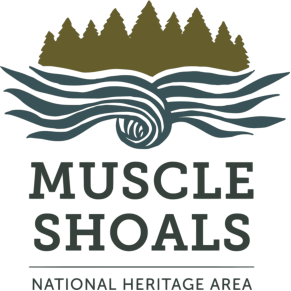
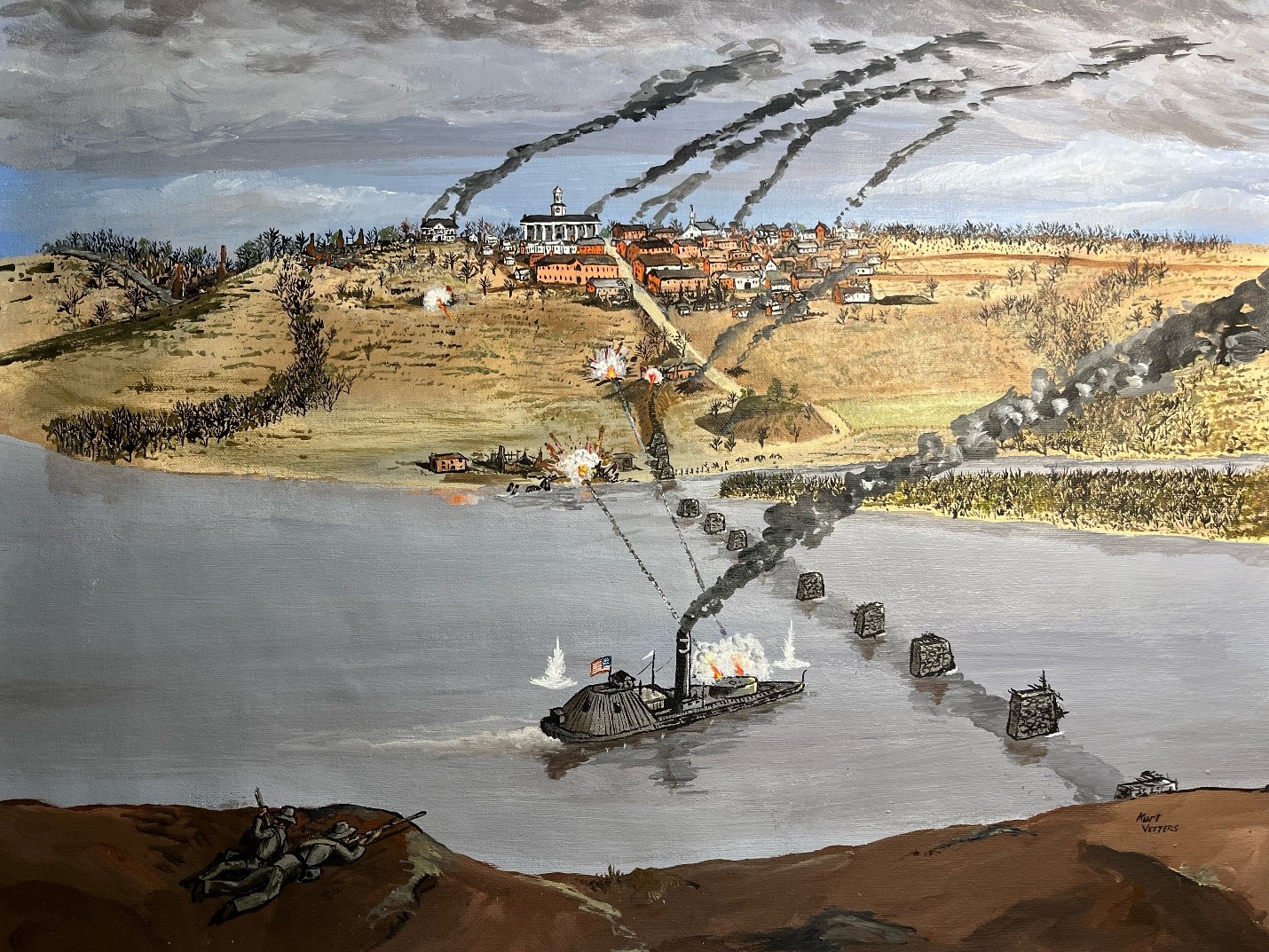
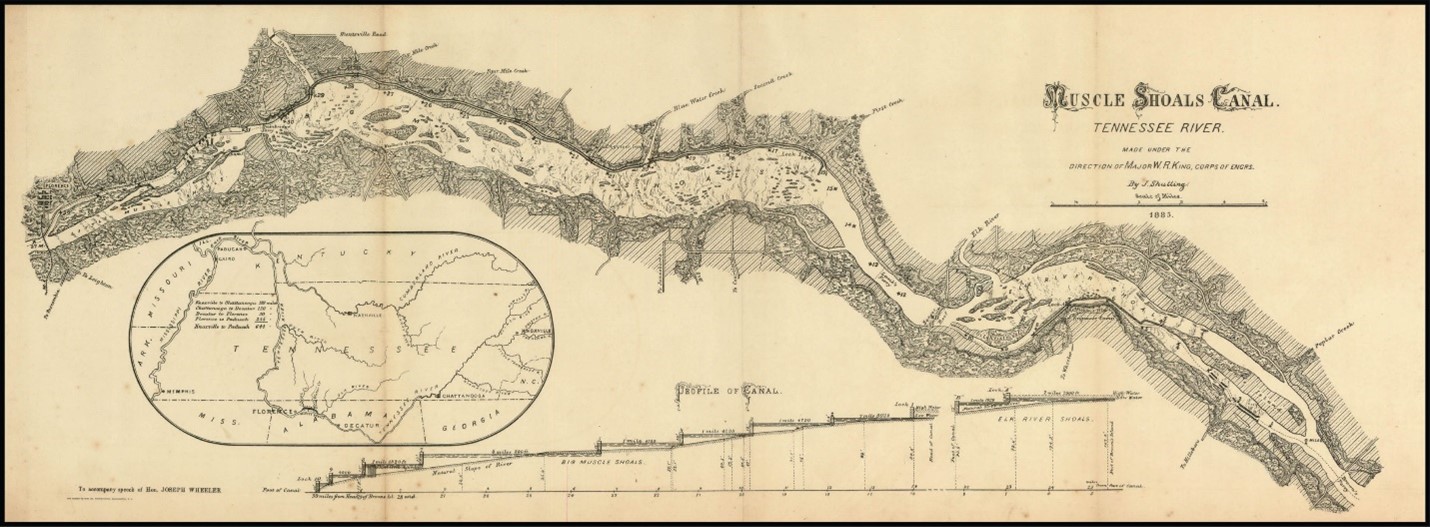
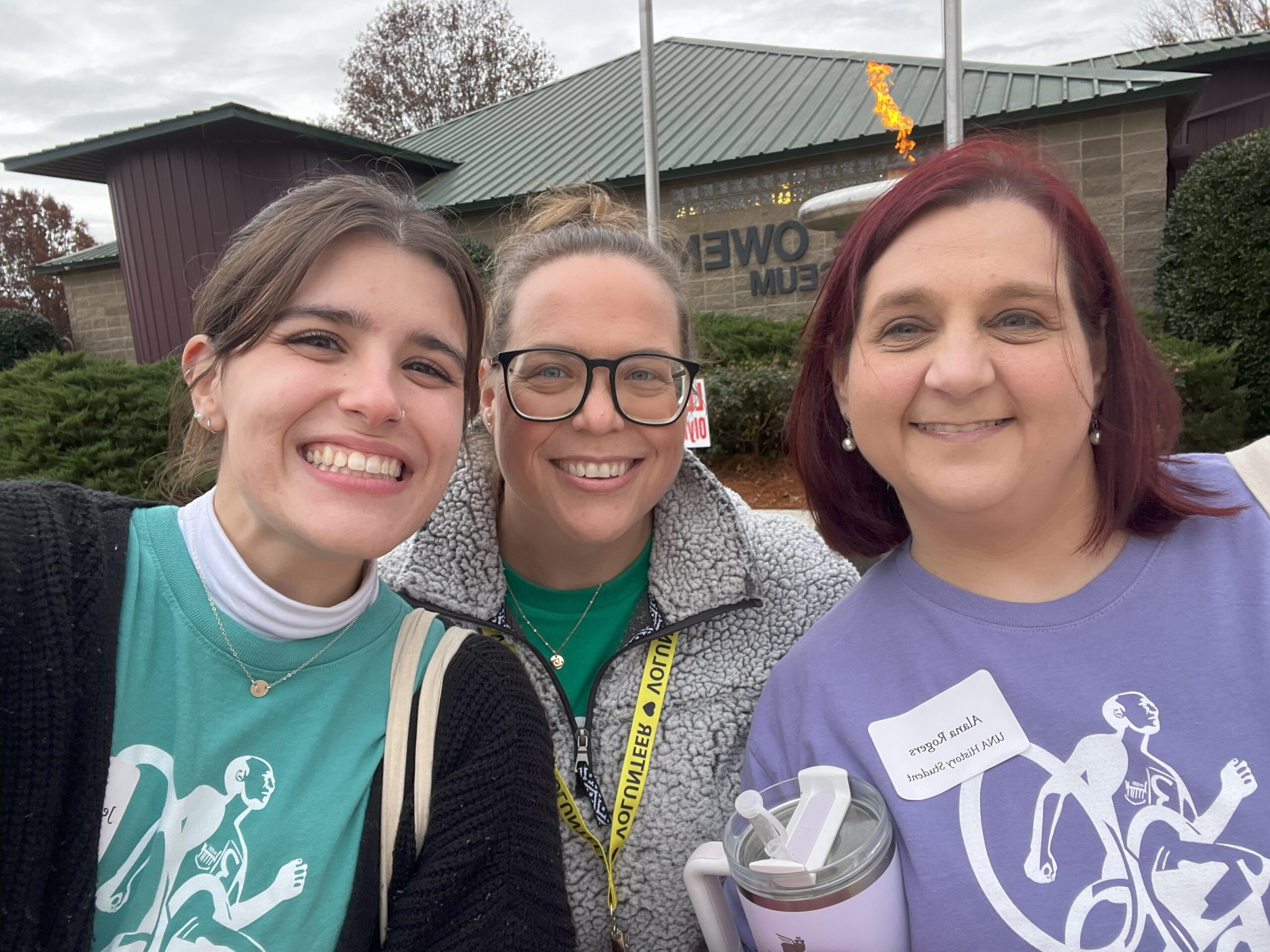
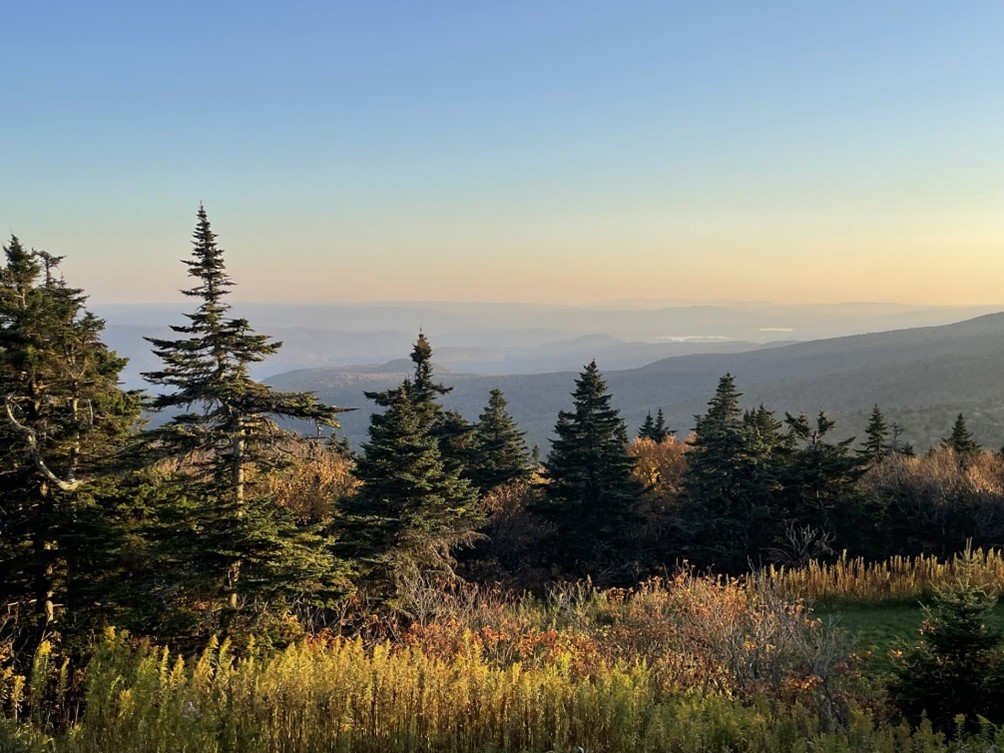

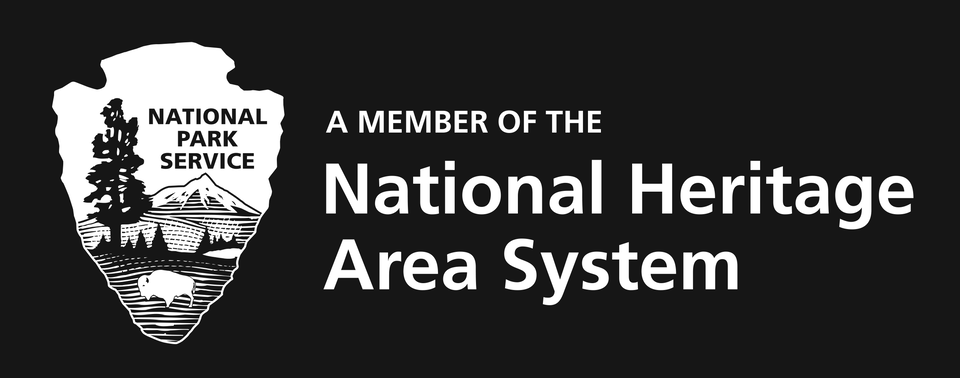
2 Responses
Well done, and thank you for your work to help preserve local history.
Jessie Todd Johnson, congratulations on your work. It does sound rewarding. As you scan and digitize I hope you will keep an eye out for any article on the 1794 Muscle Shoals Massacre. Our family member were part of this event.